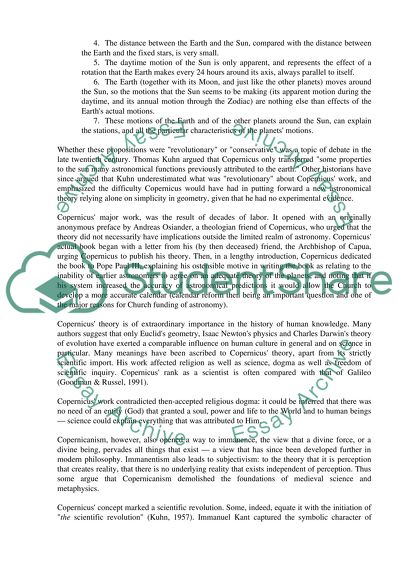Cite this document
(“Nicolaus Copernicus Essay Example | Topics and Well Written Essays - 1000 words”, n.d.)
Retrieved from https://studentshare.org/people/1528317-nicolaus-copernicus
Retrieved from https://studentshare.org/people/1528317-nicolaus-copernicus
(Nicolaus Copernicus Essay Example | Topics and Well Written Essays - 1000 Words)
https://studentshare.org/people/1528317-nicolaus-copernicus.
https://studentshare.org/people/1528317-nicolaus-copernicus.
“Nicolaus Copernicus Essay Example | Topics and Well Written Essays - 1000 Words”, n.d. https://studentshare.org/people/1528317-nicolaus-copernicus.


